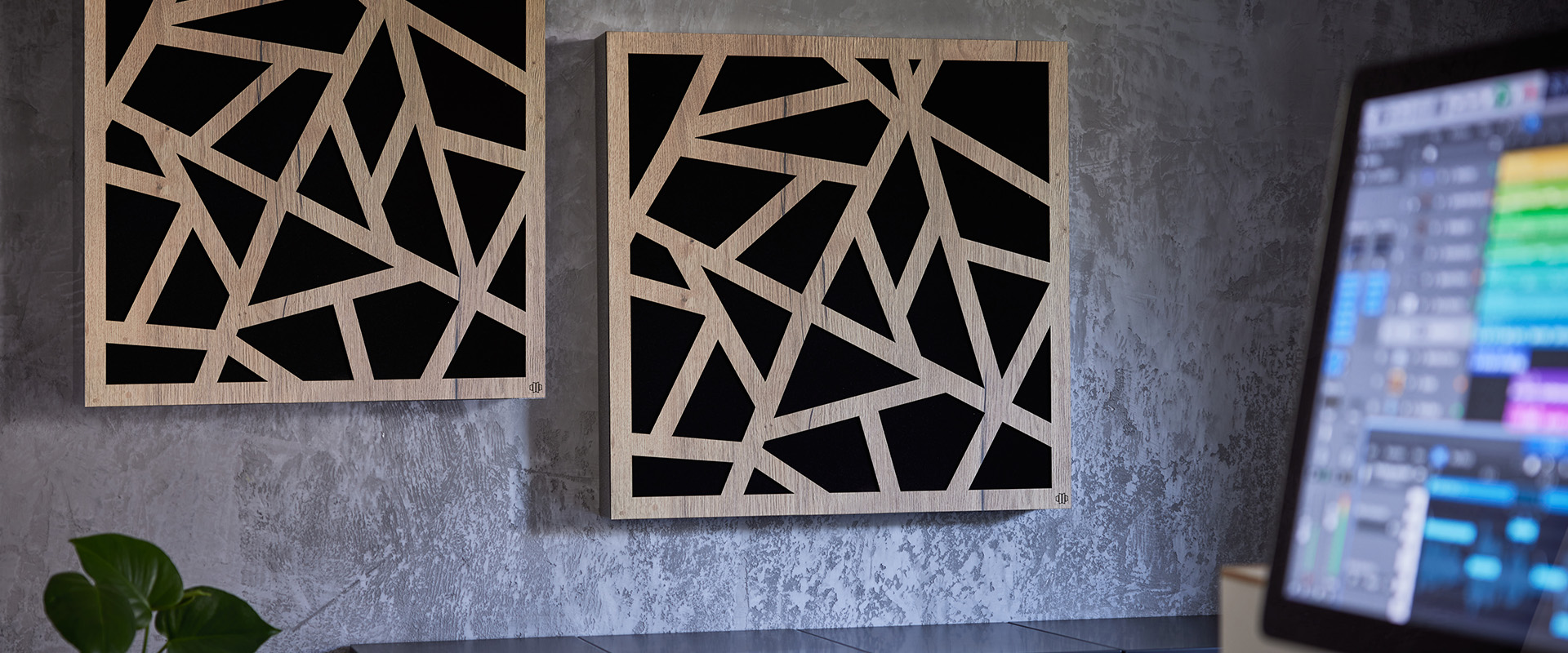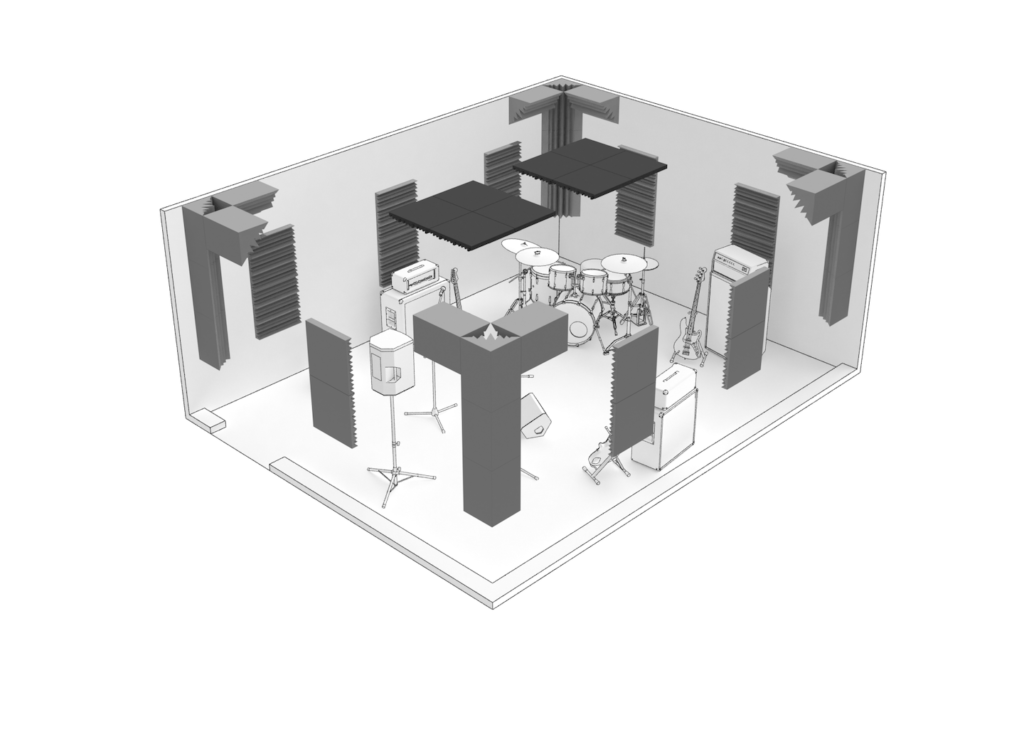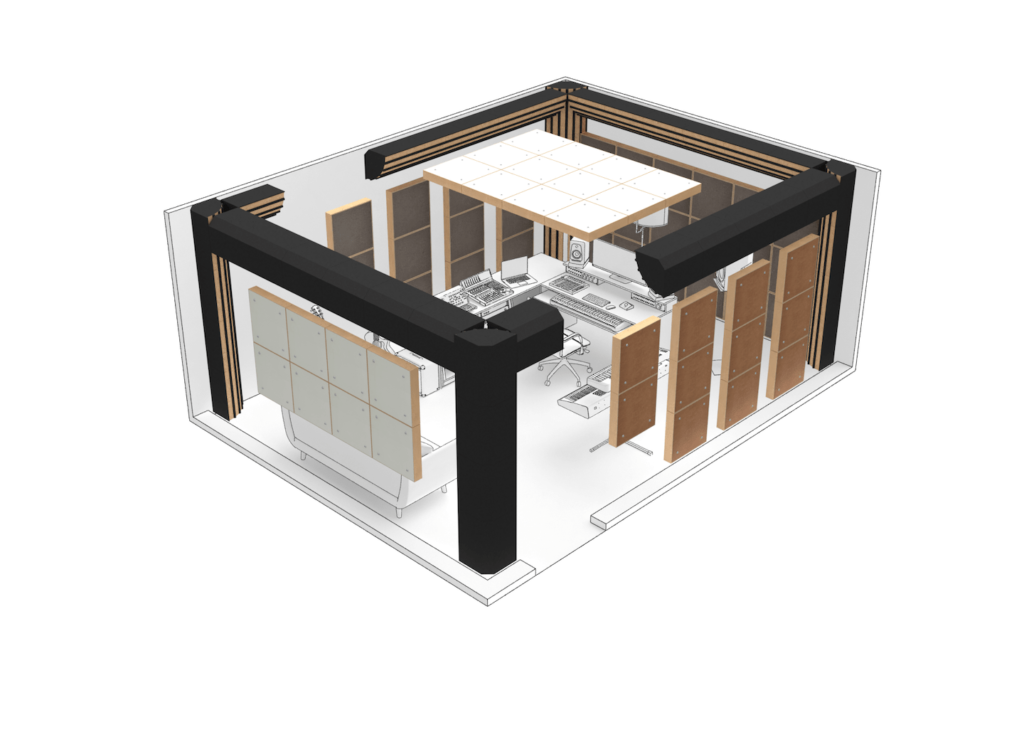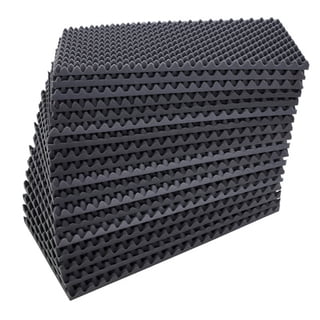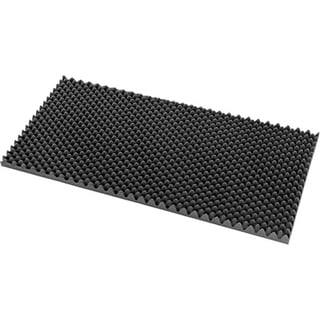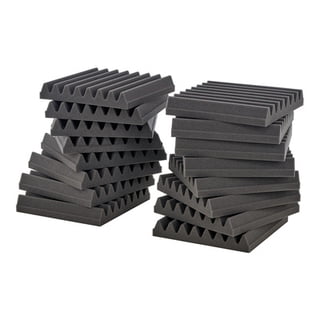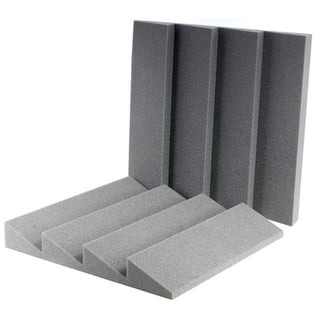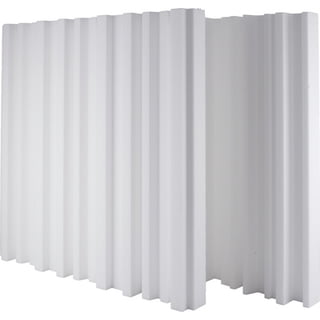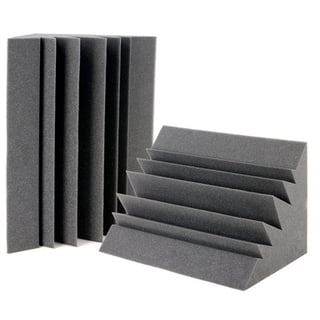ABSORBERS
Absorbers are used to reduce reflections of sound waves. They reduce the reverberation in a room and eliminate so-called room modes. When sound waves hit the absorber, friction causes their energy to be converted into head, and thus absorbed. While this fundamental principle applies to all varieties, different kinds of absorbers are optimized for different frequency ranges. We have developed a range of absorbers to solve these problems and improve the sound in your room.
Overview
Why Absorbers
Why Absorbers
In addition to reflections between parallel walls, which cause unwanted flutter echoes, the delay between direct sound and (first) reflections can lead to so-called comb filter effects. Enclosed spaces are also prone to room modes, the so-called “standing waves”.
Overlapping reflections cause patterns of resonating frequencies, which can severely affect the acoustics of a room. When absorbers are used to reduce the reflections, these frequency build-ups and cancellations become much less pronounced, leading to a more homogenous overall sound. Installing absorbers helps to solve these problems.
DIFFERENT TYPES OF ABSORBERS
DIFFERENT TYPES OF ABSORBERS
The basic principle applies to all absorbers: Sonic energy is converted into heat and thus absorbed. But there are different kinds of absorbers, which come in different shapes for various applications.
Broad band absorbers are sold as flat panels. Bass absorbers usually have a triangular shape for positioning them in a corner. Some absorbers feature reflective coatings that prevent excessive absorption of high frequencies.
Porous absorbers are made from a variety of materials. The differences in their acoustic effects are much smaller than the differences in handling. Absorbers made from melamine are rigid and can be mounted across corners or at a distance from the wall without any issues. Polyurethane pads are more flexible, don’t break and can easily adapt to the shape of the wall. Mineral wool is also often used, but usually covered with fabric.
ABSORBERS: WHAT TO WATCH OUT FOR
ABSORBERS: WHAT TO WATCH OUT FOR
Because absorbers are most effective at reducing high frequencies, which you should be able to hear in great detail, it’s not a good idea to over-dampen your room with too many absorbers. This could result in a muffled, undifferentiated sound.
One way to avoid this is to begin by mounting broad band absorbers to one side of the room only. Depending on the requirements, you can then further optimize the sound by installing additional absorbers.
Most porous absorbers can be glued directly to the wall or into corners without much effort. Some absorbers have wooden frames, which can be covered in acoustically transparent fabric depending on your taste. In addition to individual absorber elements, we also offer pre-configured box absorbers with various fabric colors and mounting hardware.
When mounting absorbers, you should keep in mind that the thickness of the absorber affects its effective frequency range. The thicker the absorber, the more low mid frequencies it can absorb. But there is a limit to how thick an absorber can be. Absorbers mounted to the wall usually measure between 3 and 10 cm in depth. But you can also mount an absorber with a thickness of 5 cm at a 5 cm distance from the wall, which will have approximately the same effect as an absorber with a thickness of 10 cm.
